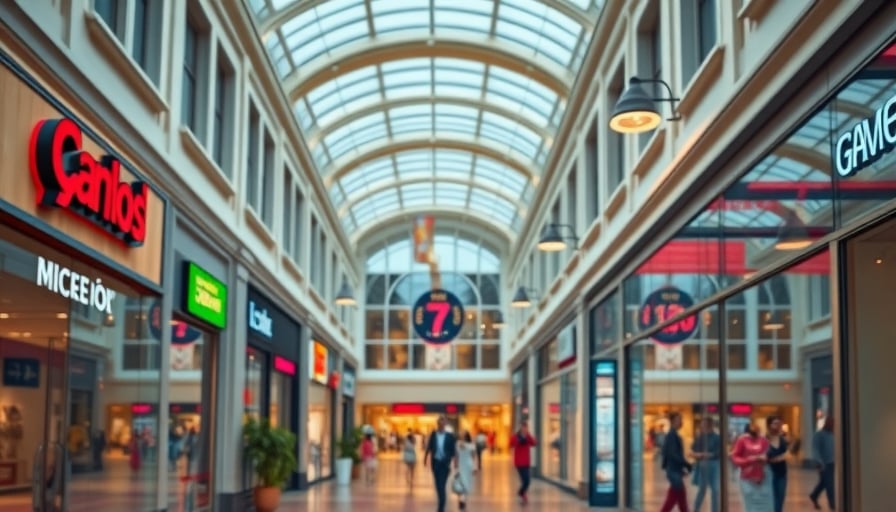Gap Inc. (GAP) Faces a Critical Juncture: UBS Boosts Price Target Amid Market Volatility
Gap Inc., the venerable American apparel retailer that once dominated the denim market, now stands at a precarious crossroads. On November 10, 2025, UBS lifted its price target for the company while maintaining a neutral rating, a move that underscores the widening gap between investor expectations and the company’s on‑ground performance.
Market Reality vs. Analyst Optimism
Gap’s stock closed at $24.02 on November 10, a steep decline from its 52‑week high of $29.29 set in May. The company’s price‑earnings ratio of 10.47—sub‑industry average yet still high relative to peers—reflects mounting pressure on earnings growth. UBS’s decision to raise the target price signals that, despite recent headwinds, the brokerage believes a recovery is imminent. Yet this optimism is not shared by the market, whose trading range has slipped below the 16.99 low recorded in early April.
The Root of the Discontent
Gap’s business model, anchored in casual apparel for men, women, and children, has struggled to translate brand heritage into sustainable profits. The retailer’s 2025 revenue trajectory has been dampened by a global shift toward fast‑fashion e‑commerce, supply‑chain bottlenecks, and rising raw‑material costs. These factors erode margins and dilute the company’s market share against agile competitors.
Meanwhile, the company’s market cap of $8.94 billion reflects investor caution. A significant portion of its valuation is built on the expectation that it can revive its flagship stores and leverage its strong brand equity. UBS’s revised target is predicated on a scenario in which Gap successfully executes a comprehensive transformation—shifting from brick‑and‑mortar dependence to a robust omnichannel strategy, tightening its product mix, and renegotiating supplier contracts to control cost inflation.
UBS’s Thesis: Resurgence Through Discipline
UBS argues that Gap’s current valuation is undervalued because the market has not yet fully appreciated the firm’s disciplined cost management and its ability to pivot to high‑margin product lines. The brokerage’s bullish stance hinges on several key points:
- Operational Turnaround: Gap’s recent initiatives to close underperforming stores and reduce inventory turnover are expected to lift gross margins.
- Digital Investment: The company’s investment in e‑commerce infrastructure and data analytics promises a stronger customer experience, driving repeat sales.
- Brand Refresh: A new marketing strategy aimed at younger consumers could reinvigorate sales and expand the customer base.
If these measures are executed as projected, UBS believes Gap could regain a P/E ratio comparable to its pre‑pandemic peers and generate a return on equity exceeding industry averages.
Market Skepticism: A Cautionary Note
Despite UBS’s optimism, the broader market remains skeptical. Gap’s current stock price is far from its all‑time high of $48.30, and the company has yet to demonstrate a clear path to consistent profitability. Analysts warn that any misstep in the turnaround plan—whether it be a failed digital push or an inability to control costs—could further erode investor confidence.
Moreover, the company’s exposure to global supply‑chain disruptions, coupled with a volatile retail environment, makes it a risky investment for risk‑averse investors. The neutral rating from UBS underscores this ambivalence: the brokerage supports a higher target but acknowledges that the path to that target is fraught with uncertainty.
Bottom Line
Gap Inc. is caught between a historic brand legacy and a rapidly changing retail landscape. UBS’s decision to raise its price target reflects confidence in a disciplined turnaround, yet the market’s cautious stance cannot be ignored. Investors must weigh the potential upside of Gap’s transformation against the tangible risks of operational execution, consumer sentiment, and supply‑chain volatility. The coming quarters will determine whether Gap can close the gap between analyst optimism and market reality.




